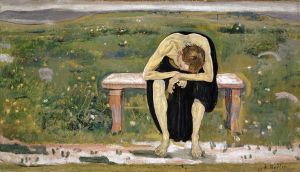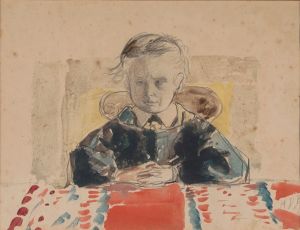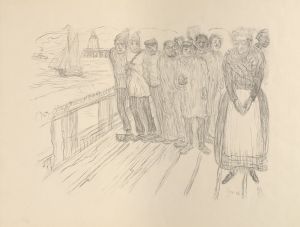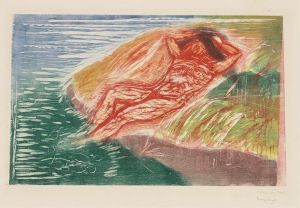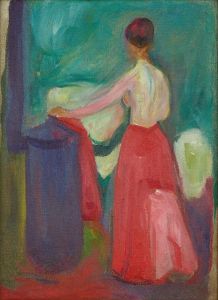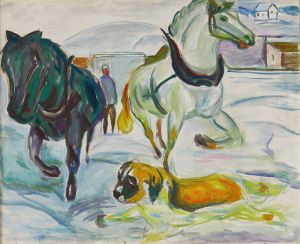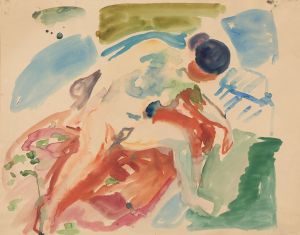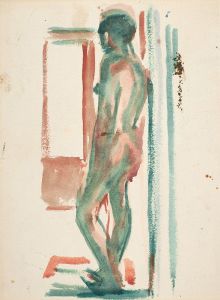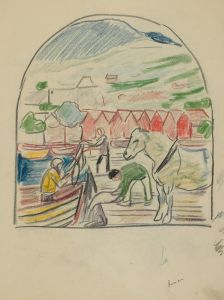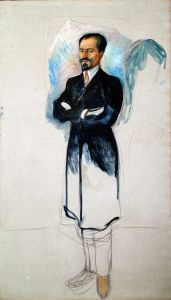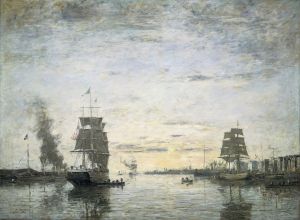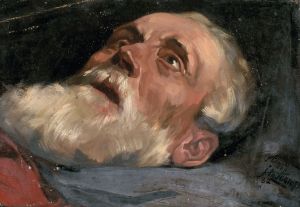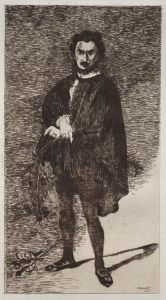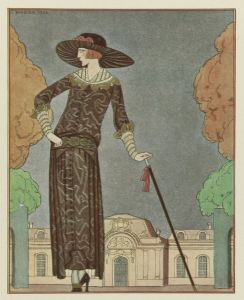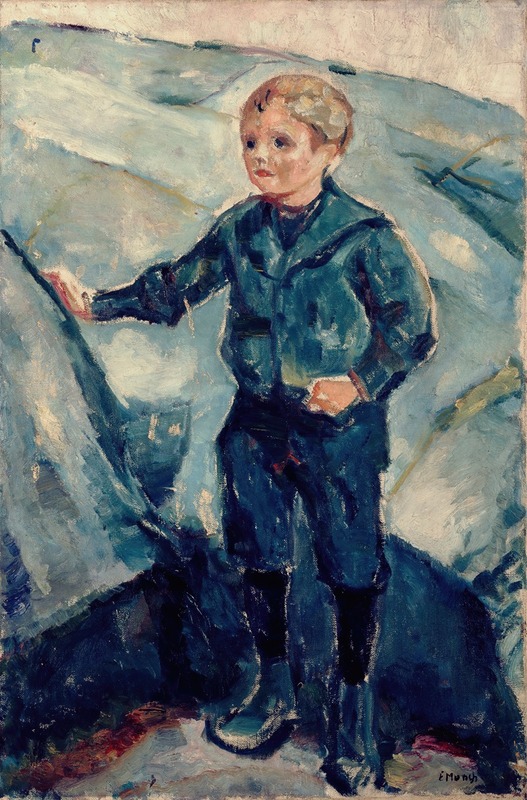
Boy In Blue
A hand-painted replica of Edvard Munch’s masterpiece Boy In Blue, meticulously crafted by professional artists to capture the true essence of the original. Each piece is created with museum-quality canvas and rare mineral pigments, carefully painted by experienced artists with delicate brushstrokes and rich, layered colors to perfectly recreate the texture of the original artwork. Unlike machine-printed reproductions, this hand-painted version brings the painting to life, infused with the artist’s emotions and skill in every stroke. Whether for personal collection or home decoration, it instantly elevates the artistic atmosphere of any space.
"Boy in Blue" is a painting by the renowned Norwegian artist Edvard Munch, who is best known for his iconic work "The Scream." Munch was a pivotal figure in the Symbolist movement and a significant influence on German Expressionism. His works often explore themes of existential angst, love, and death, reflecting his own turbulent life experiences.
"Boy in Blue" was created in 1910, during a period when Munch was exploring more vibrant color palettes and expressive brushwork. This painting features a young boy dressed in a blue outfit, standing against a simplified background. The boy's attire and the overall composition suggest a sense of innocence and introspection, which is a recurring theme in Munch's portraits of children.
The painting is characterized by Munch's distinctive style, which includes bold use of color and loose, expressive brushstrokes. The blue color of the boy's clothing is particularly striking and serves as the focal point of the composition. Munch's use of color in this painting is not merely decorative but also symbolic, often conveying deeper emotional and psychological states.
Munch's interest in capturing the inner life of his subjects is evident in "Boy in Blue." The boy's expression is contemplative, and there is a sense of melancholy that pervades the work. This introspective quality is a hallmark of Munch's portraits, where he often sought to reveal the emotional and psychological depth of his subjects.
The background of the painting is relatively simple, with muted tones that contrast with the vivid blue of the boy's clothing. This simplicity helps to draw attention to the figure of the boy, emphasizing his presence and the emotional weight of the portrait. The use of light and shadow in the painting also adds to the sense of depth and dimension, creating a more dynamic and engaging composition.
"Boy in Blue" is part of Munch's broader body of work that includes numerous portraits and self-portraits. These works often explore themes of identity, isolation, and the human condition, reflecting Munch's own preoccupations and experiences. His ability to convey complex emotional states through his art has made him one of the most important figures in modern art.
The painting is housed in the Munch Museum in Oslo, Norway, which holds the largest collection of Munch's works. The museum provides valuable insights into Munch's life and artistic development, offering a comprehensive view of his contributions to the art world.
In summary, "Boy in Blue" is a significant work by Edvard Munch that exemplifies his skill in capturing the emotional and psychological depth of his subjects. The painting's use of color, composition, and expressive brushwork are characteristic of Munch's style and contribute to its enduring impact and relevance in the history of art.





